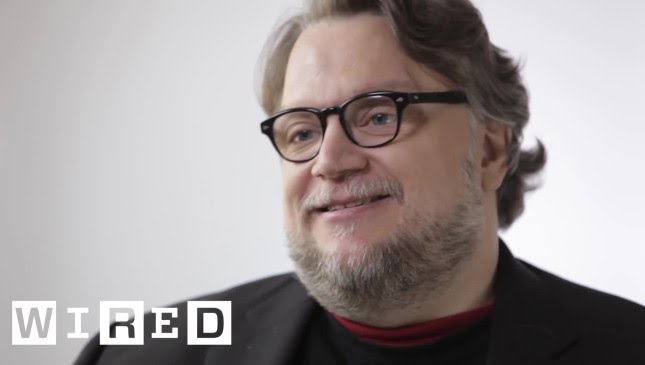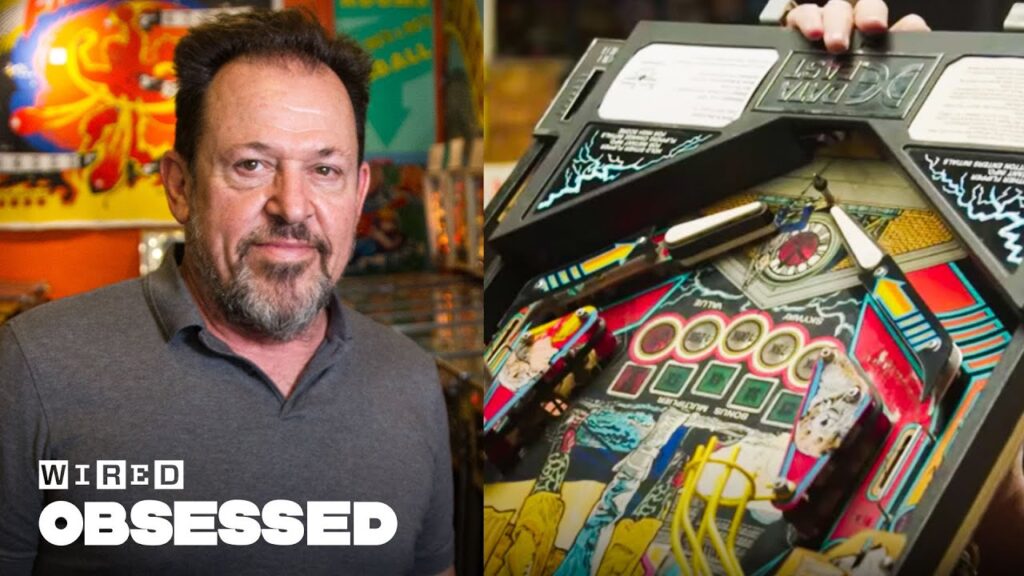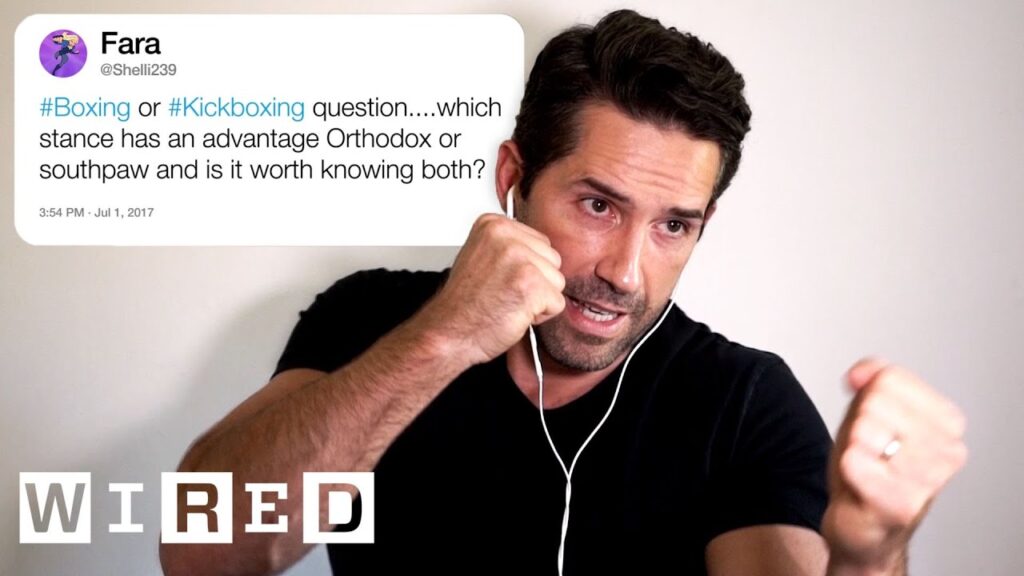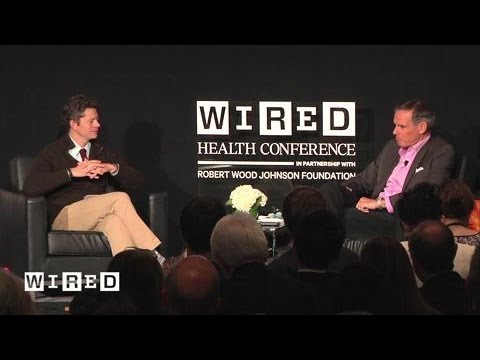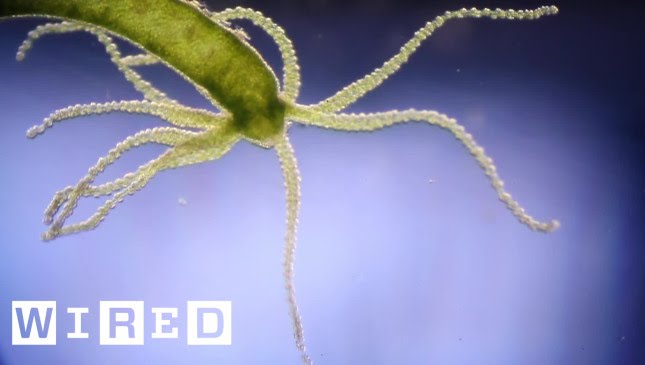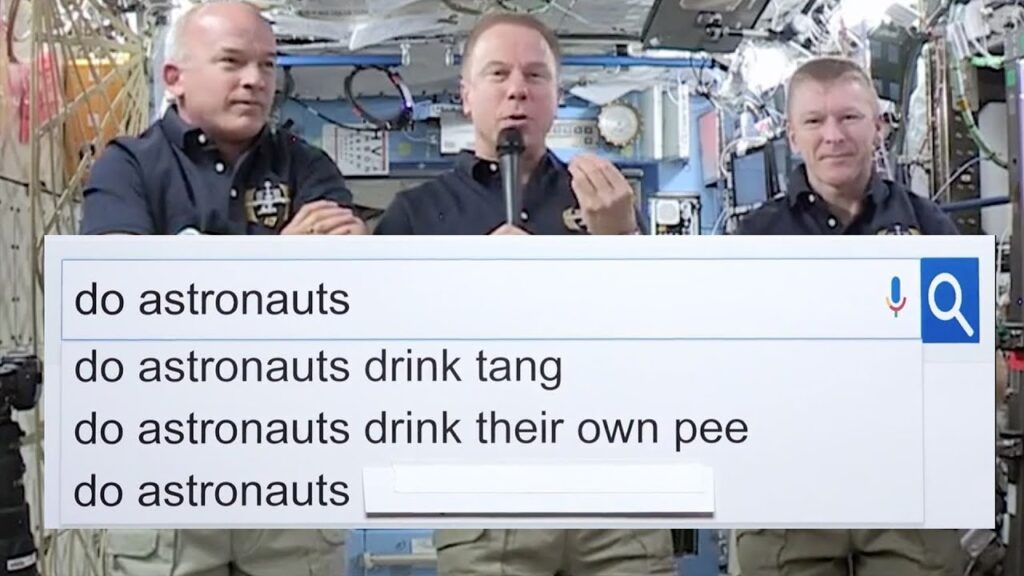Meet Aaron and Abby: How We Successfully Separated Conjoined Twins
Summary
Abby and Aaron are conjoined twins joined together by the head. In this Q&A session between two pediatric surgeons, Dr. Jesse Taylor and Dr. Gregory Hoye from the Children’s Hospital of Philadelphia, they share the tools and techniques used in successfully separating the twins. This surgery was a delicate one and had to ensure that both twins’ brains had sufficient blood supply and drainage. The biological matrix was used, along with the four tools, to separate Abby and Aaron.
Table of Contents
- The Challenges of Separating Conjoined Twins
- The Approach to Separating Abby and Aaron
- The Role of Distraction Osteogenesis in the Separation
- The Use of Navigation System in the Operation
- Successful Separation of Abby and Aaron
The Challenges of Separating Conjoined Twins
Q: What are some of the biggest challenges with separating conjoined twins when they’re conjoined at the head?
A: One of the biggest challenges with separating conjoined twins when they’re conjoined at the head is making sure that each brain has sufficient blood supply to it and sufficient drainage away from the brain. And that really becomes, in some ways, the whole shoot and match. If the blood isn’t able to come back from the brain, the twins could have a stroke.
Q: What was the approach taken to separate Abby and Aaron?
The Approach to Separating Abby and Aaron
A: One of the hidden innovations in the approach we took was rather than just figuring out how to separate them, how do we change how they’re connected? How do we help ourselves before we do the actual separation? We tried to use what we call the biological matrix to gradually pull the twins apart using force instead of just chopping them apart, which is a grotesque way of saying what surgeons have done for over 50 years.
The biological matrix is how cells, blood vessels, and tissues work together to heal the body after an injury. We used this to gradually separate Abby and Aaron along with four surgical tools. One of the tools used was distraction osteogenesis.
The Role of Distraction Osteogenesis in the Separation
Q: What is distraction osteogenesis, and how was it used in the separation of Abby and Aaron?
A: Distraction osteogenesis is a surgical technique that involves slowly pulling bones apart to create new bone growth in between. In the separation of Abby and Aaron, the team used this method to further push apart the twins at their connection. Two unique things about distraction are one, by slowly pulling bones apart, the body lays down bone in between, so it actually is a form of tissue engineering of bone. Second interesting thing about distraction is the side effect of bony distraction is changing the shape of the soft tissue, brain, blood vessel, dur, ski, at the same time that you’re changing the shape or configuration of the bone.
The team initially designed and used modified helmets, fit on the tops of each child’s head, and machine screws to harness distraction osteogenesis machines’ force. The device’s helmets plus the screw weighed about two pounds. However, the pressure the screw was placing on the skulls to pull the skulls apart exceeded the perfusion pressure of the skin, which led to skin ulcers, forcing the team to abandon the distraction device. The team then went for a customized rubber band-like hose clamp that constricted their shared space by about 30 millimeters.
Q: How was the navigation system used during the operation?
The Use of Navigation System in the Operation
A: Navigation systems are used routinely for brain tumors and for people who aren’t doing brain surgery, which is most people in the world. What navigation is, is analogous to the GPS in your car. That GPS isn’t the exact location of your car; it shows you on a map where your car is. It’s a representation.
What navigation allowed during the separation was for the team to put a pointer and see on the screen, which would be right next to them, where they were in the brain so they could get some level of safety as to where they were. So when they started the operation, the twins were laying on their sides in one direction, and they opened that side and began to dissect through the brain on that side. When the team got to the place where they thought they were about halfway through, they then flipped the twins onto the opposite side and began operating from that opposite side. The surgical navigation allowed them to confirm where they were concerning the other side.
Q: Was the operation successful in separating Abby and Aaron?
Successful Separation of Abby and Aaron
A: In 2012, the twins were successfully separated after 11 hours in surgery. Aaron and Abby were the third set of conjoined twins Dr. Taylor and Dr. Hoyer have separated. But ultimately, their goal is not only to innovate in surgery but to do better for their patients. If the medical community could change the connection between twins in utero, there would be immensely more plasticity in the brain and soft tissue. Thus this would significantly decrease the complexities of surgeries needed for conjoined twins.
Conclusion
Separating conjoined twins is a delicate surgery, and surgeons face numerous challenges. But with innovative techniques like distraction osteogenesis and surgical navigation, the surgical team can reduce the complexities of surgery, giving the patients better outcomes. The surgical team, alongside the nursing, anesthesia, and rehabilitation teams, work together to ensure that every patient receives the best care possible. With dedication and hard work, we can give conjoined twins the best chance of leading healthy, separate lives.
